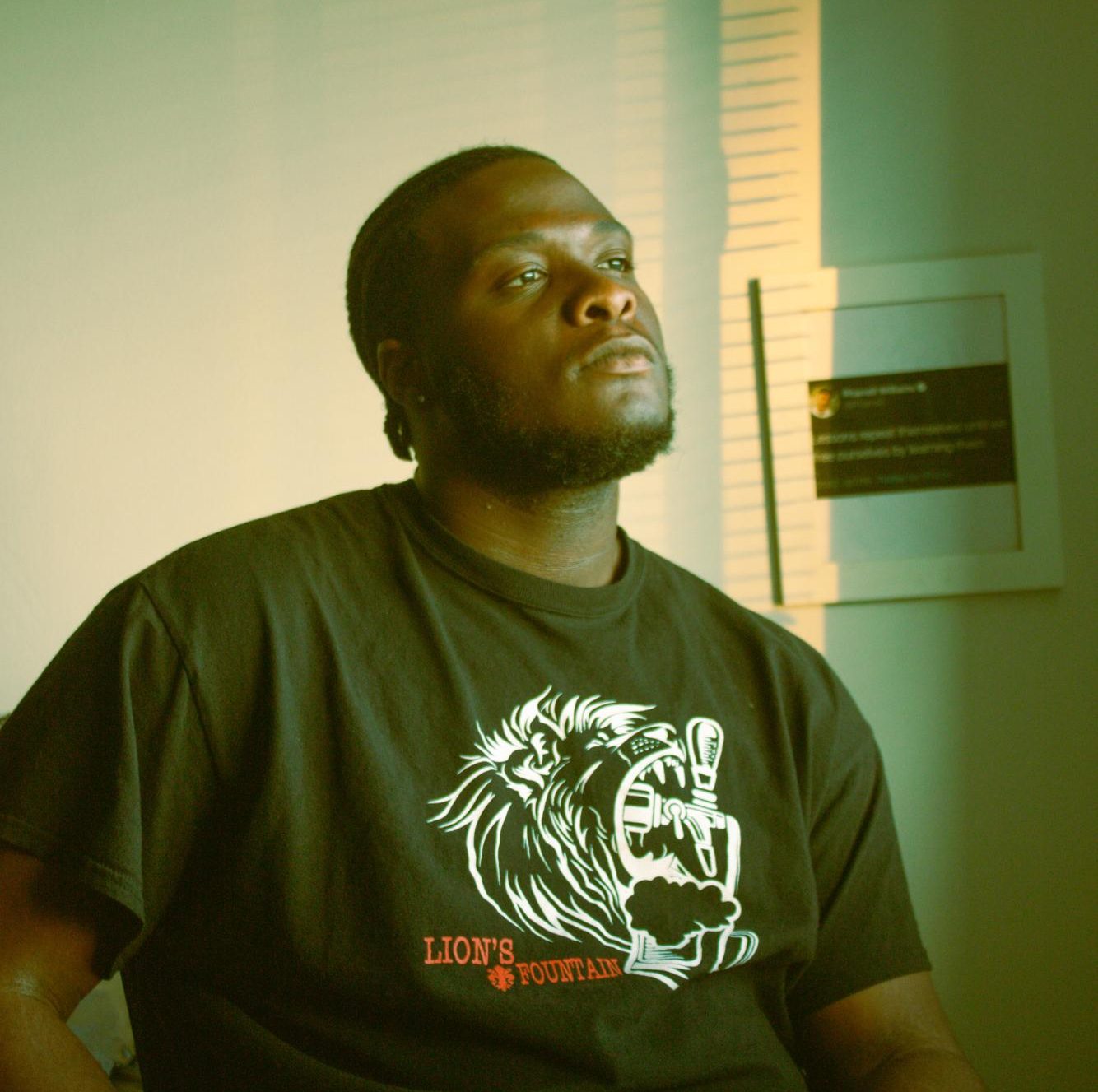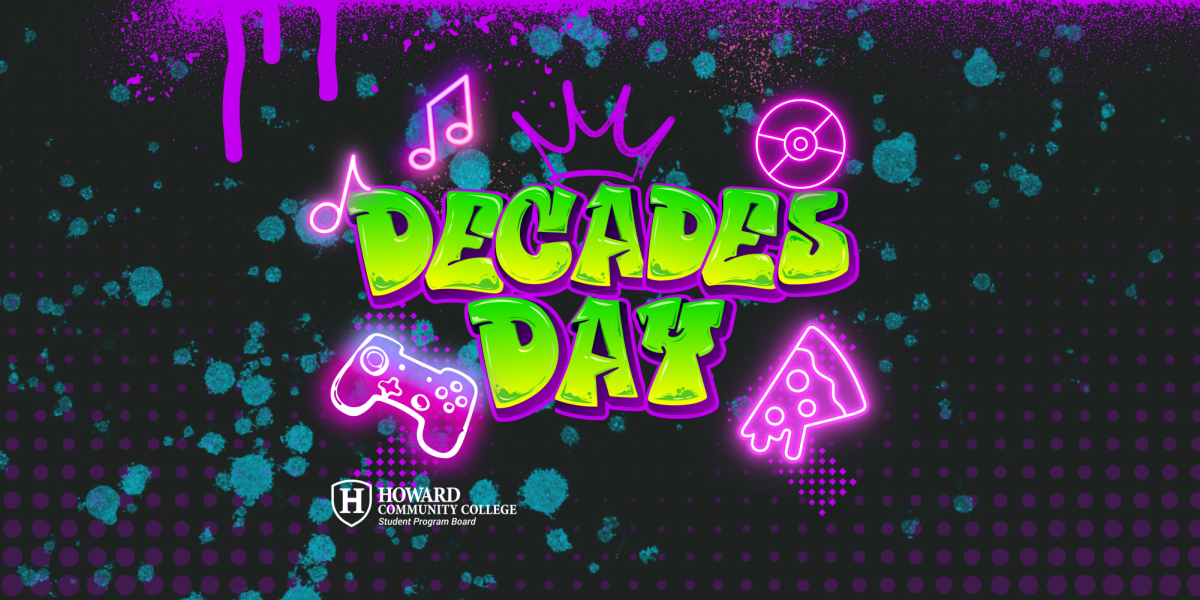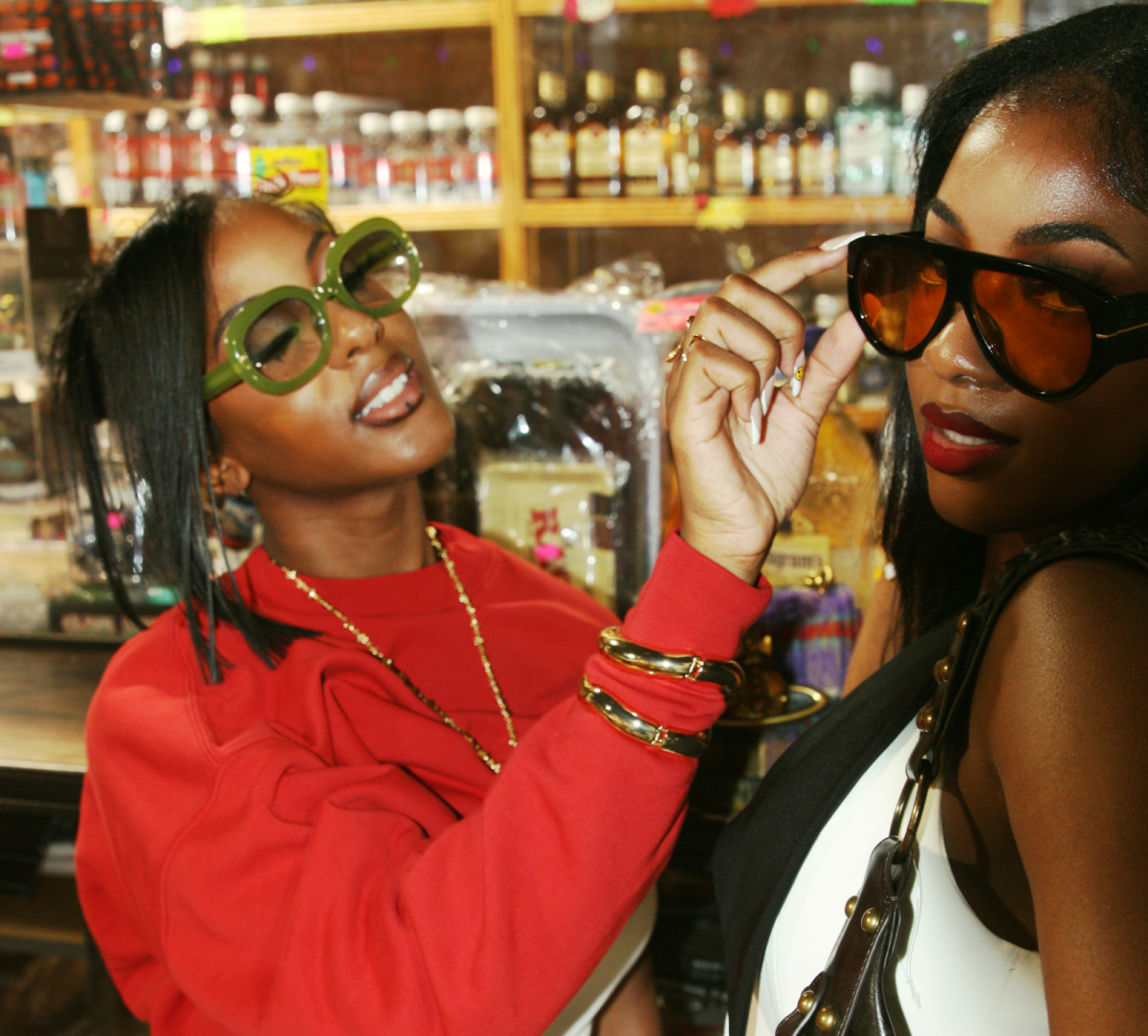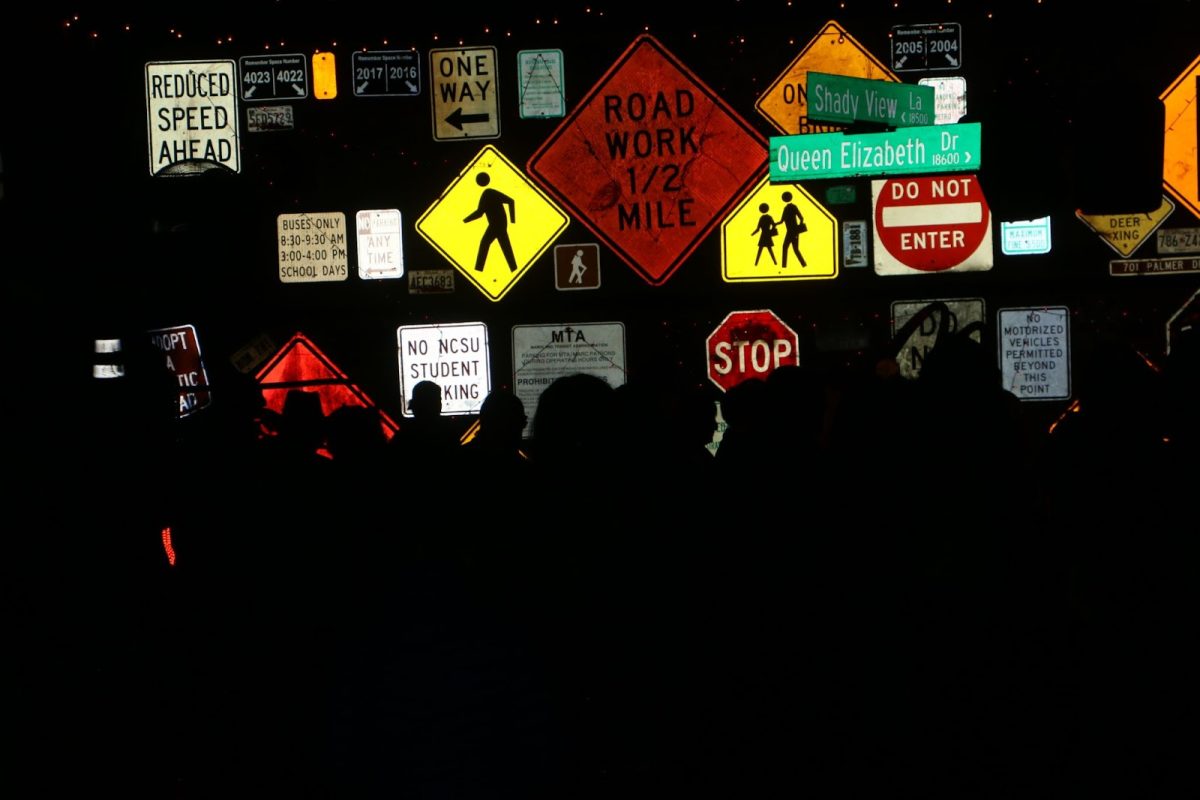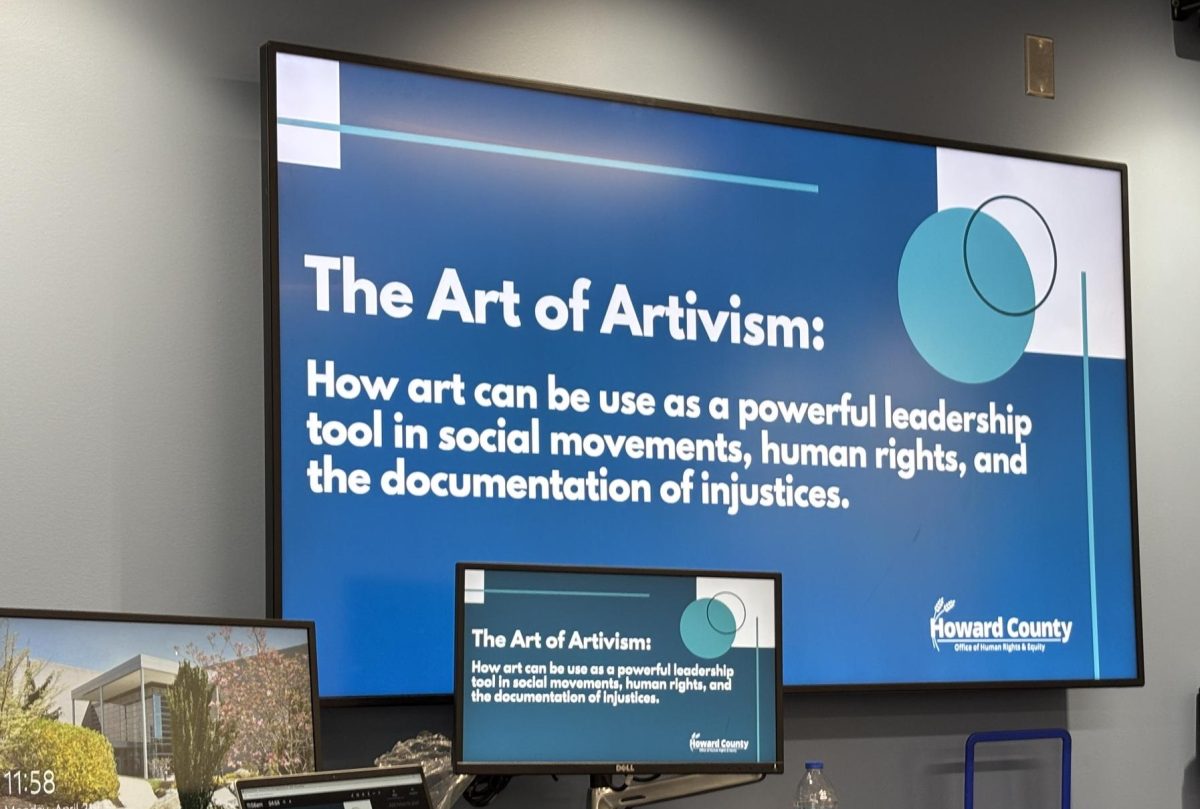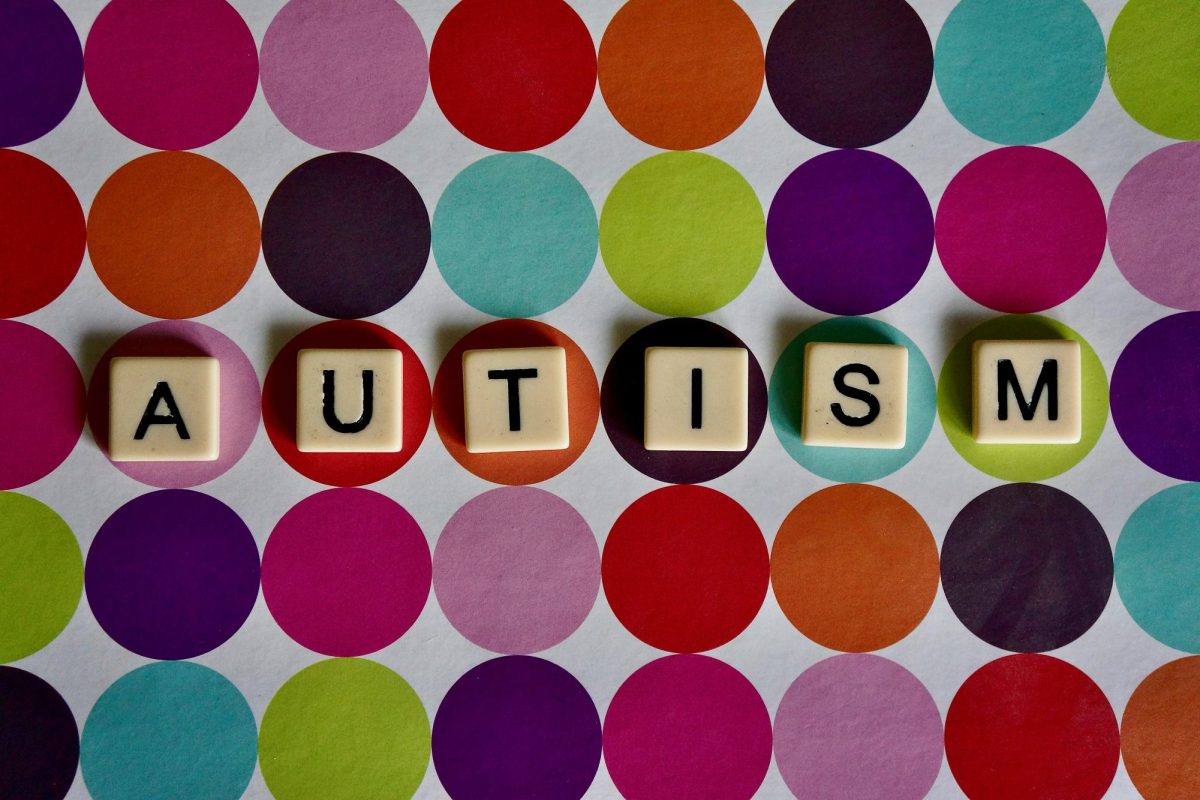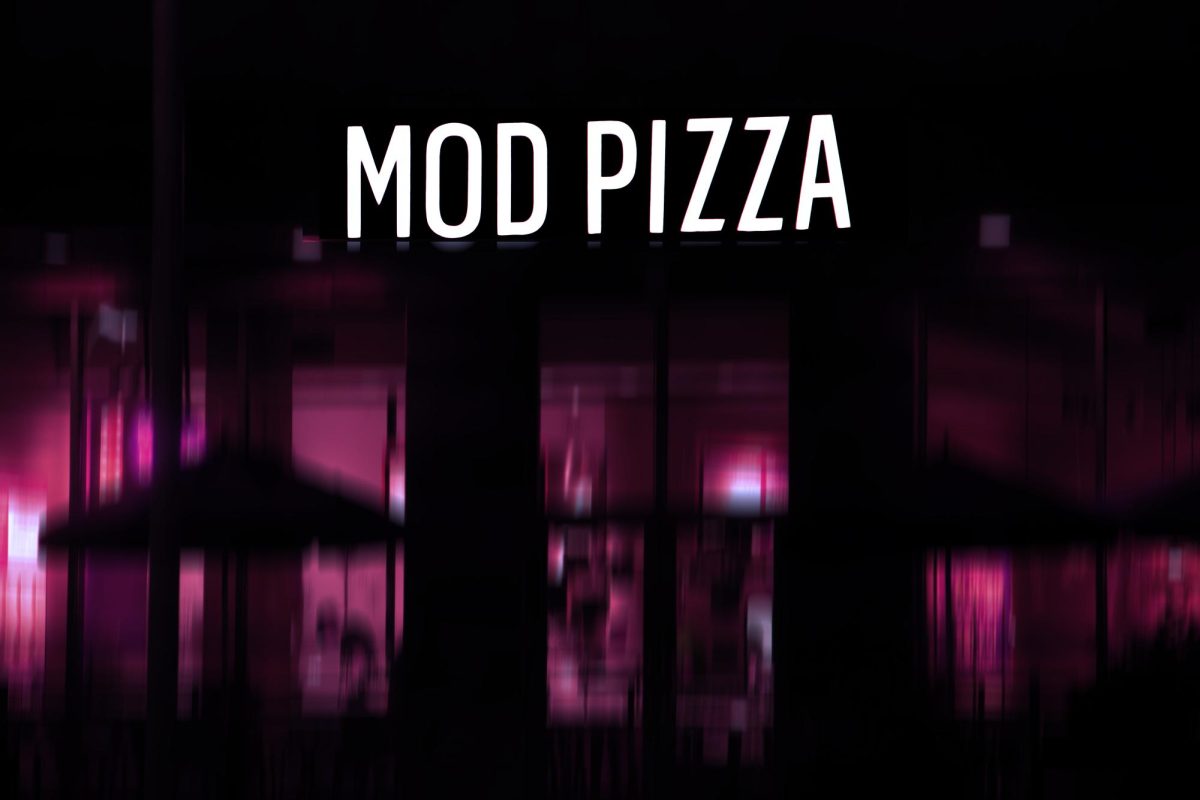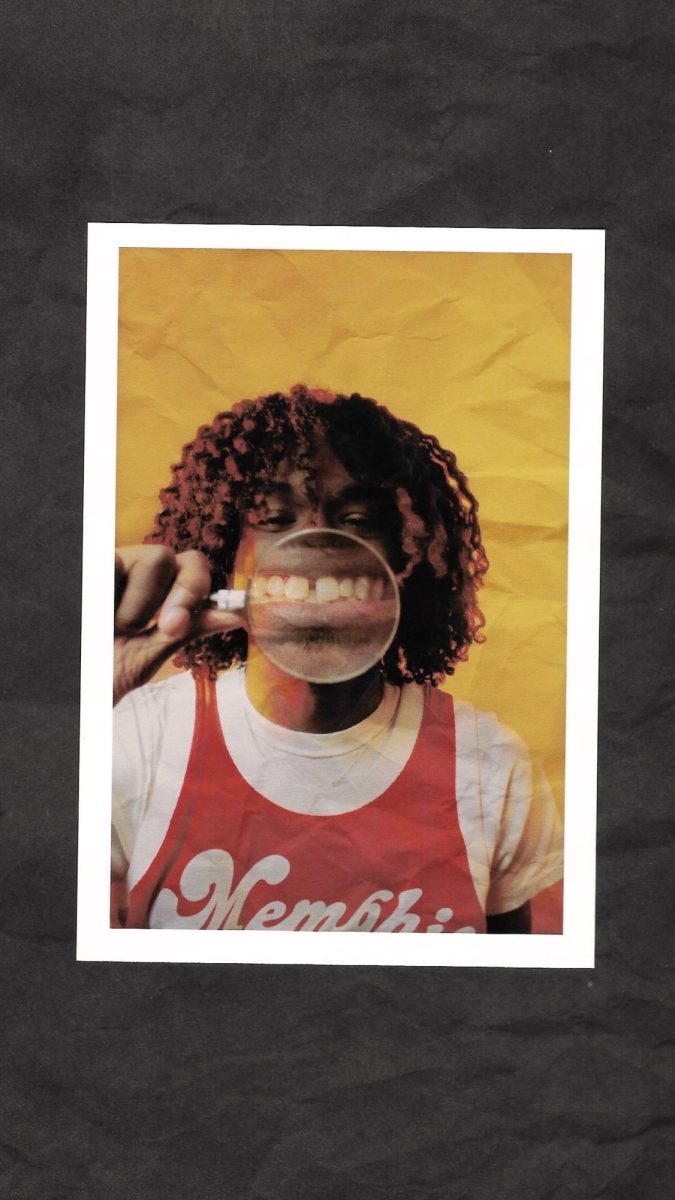April Visual Arts Feature: Enigmatology, The Photo Study of Puzzles
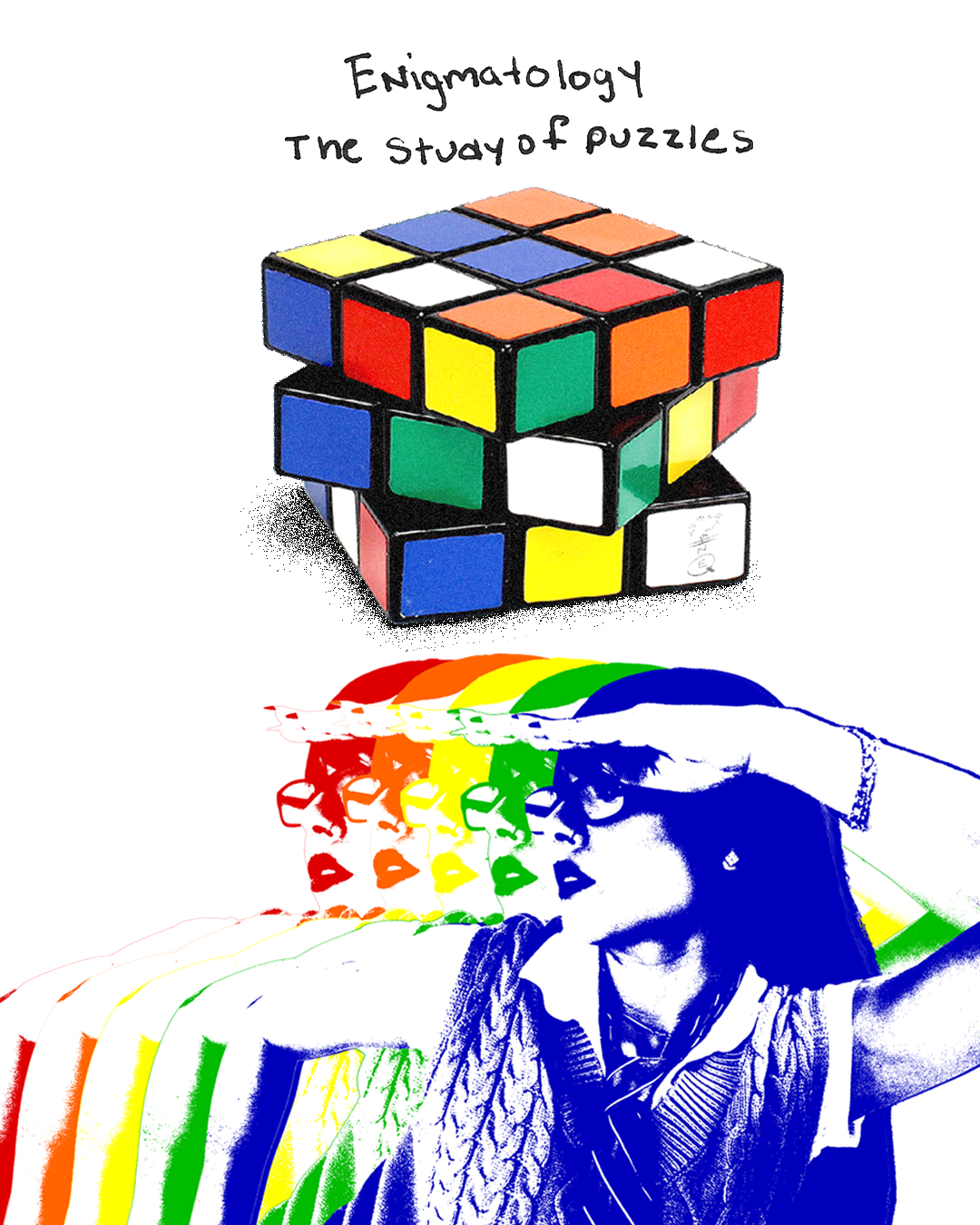
Enigmatology is an ambitious project that aims to capture the wonder of puzzles. It is not just a collage project but an interactive media. It captures the colorful mystification that is solving a puzzle. I gravitated to the word itself merely because of how odd it sounded [ih-nig-muh-TAL-uh-jee], and upon further research, it became the perfect theme for me to breathe new life into.
The compilation features some original designs alongside reworkings of existing puzzles, specifically New York Times Games: Connections and Strands. It pays homage to I SPY, the famed Rubik’s Cube, and the Crossword, a specialty of NYT Crossword Editor and first to earn the “Enigmatology” degree at the University of Indiana, Will Shortz.
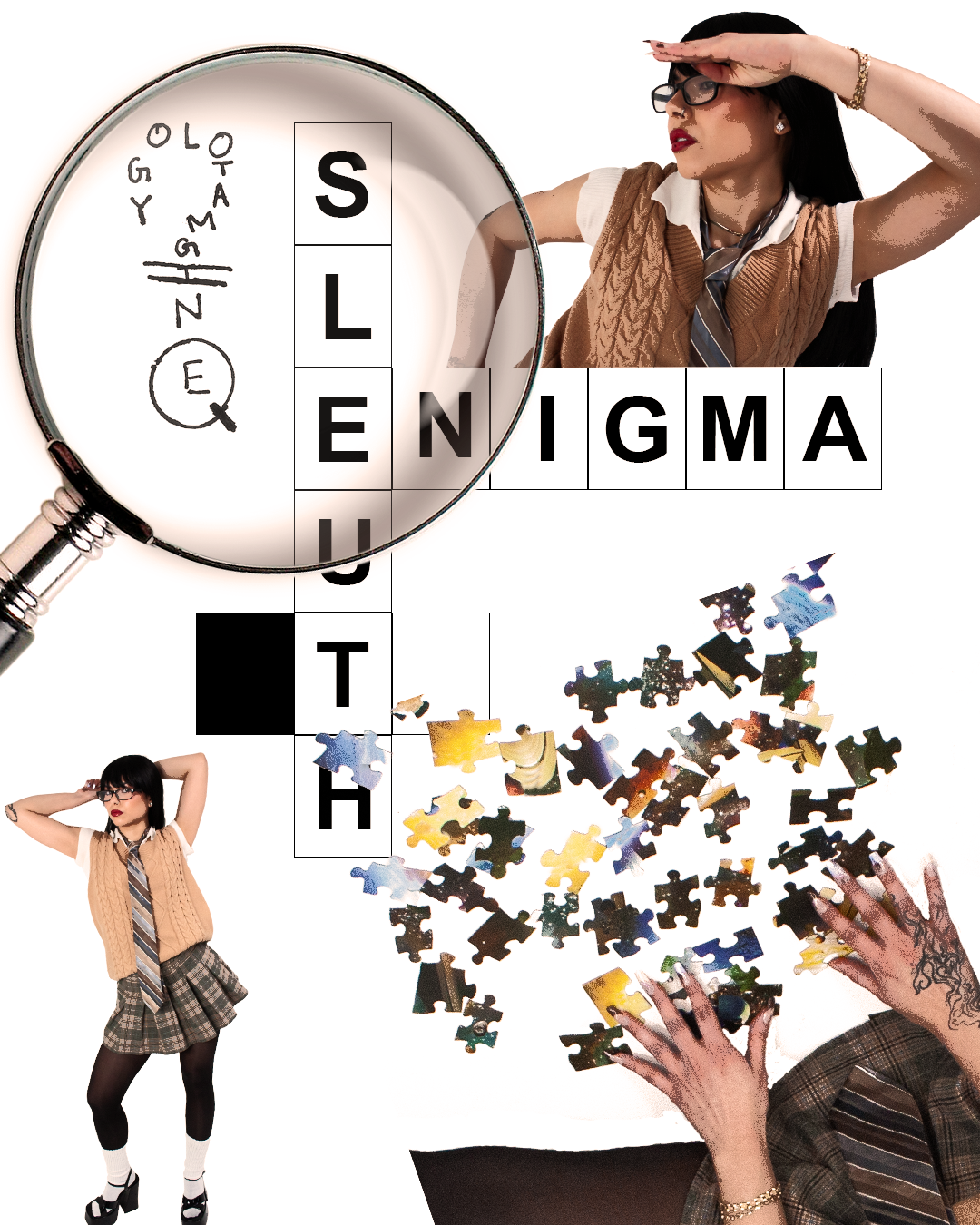
I first discovered this word while reading Grit: The Power and Passion of Preserverance by Angela Lee Duckworth. When interviewing Shortz for her research, Shortz remarked, “I’m always learning,” “I’m always stretching my brain in a new way, trying to find a new clue for a word, searching out a new theme. I read once — a writer said that if you’re bored with writing, that means you’re bored with life. I think the same is true of puzzles. If you’re bored with puzzles, you’re bored with life, because they’re so diverse.”
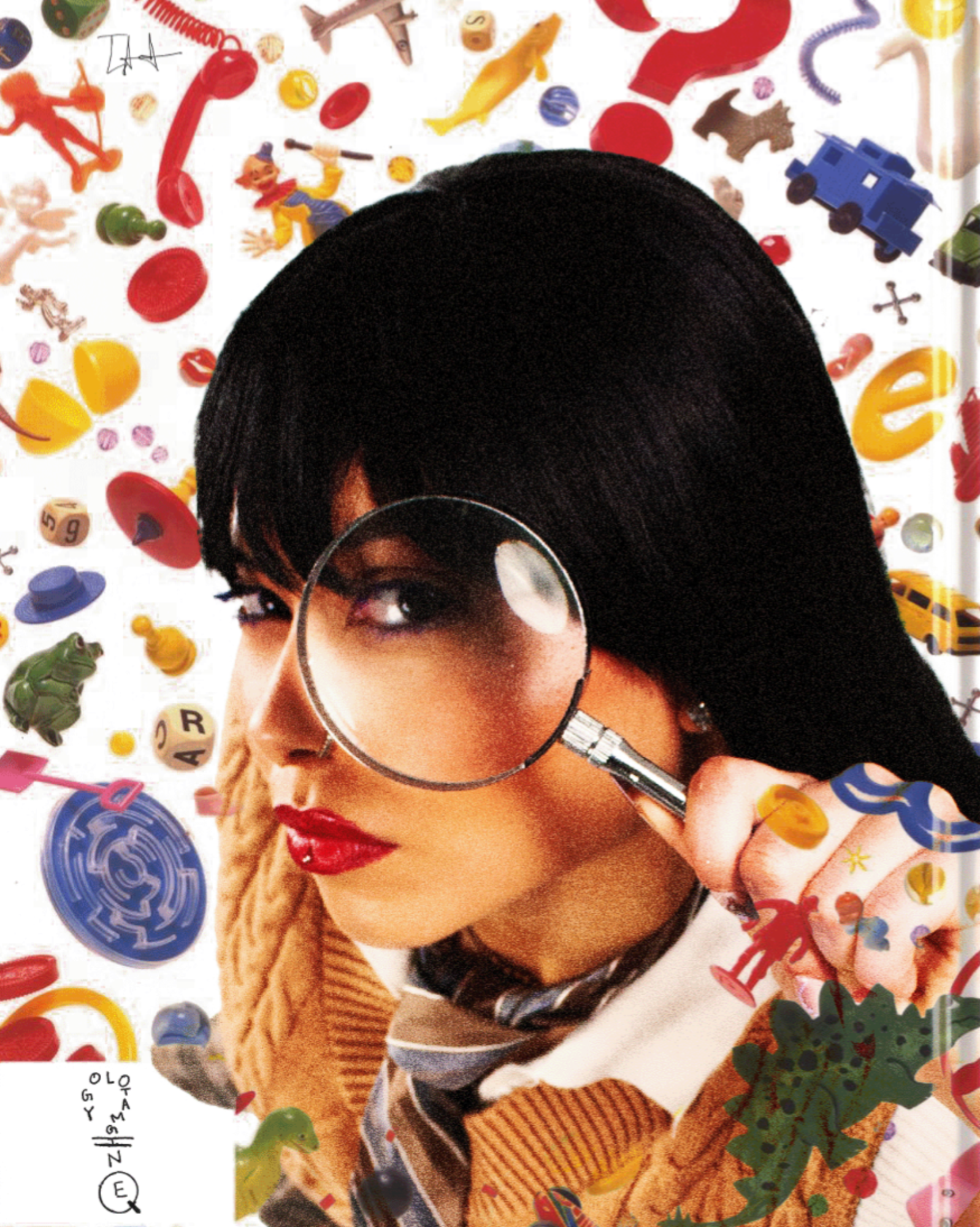
I resonated with that statement so much. It confirmed my approach to my projects, having a vast overarching theme. I began to see puzzles in everything, so I hit the ground running. That one statement spurred me on to flex my graphic design muscles and attempt a full-scale project complete with multiple different puzzle motifs, teasers, and behind-the-scenes footage.
As with anything worth doing in life, I went through a phase in which I feared completing it. I did not know how to get to the vivid pictures that were set in my mind—those that I literally dreamt of. In hindsight, a good takeaway from this is that part of solving puzzles is that coming back to them with a fresh brain is sometimes necessary. After a hiatus, I began digging into my repertoire for more designs.

Working on this project, tinkering, became even more fulfilling than the act of solving any conventional puzzle around. I created my own logos for the project. I created more mixed media work than ever while making of this project. And most remarkably, I experienced the real, tangible feeling of producing visually thrilling work.

My goal for any of my projects is for them to be able to stand on two legs and walk. Enigmatology takes an interesting premise and stuffs a photoshoot into it to make a hybrid. It asks you to digest a wild 12-letter word, be able to use it in a sentence, and then dive into the wonderful world of puzzles and games.
Enigmatology allowed me as an artist to take on a researcher’s role. Once done with that hat, I got to paint splatter all over my case study. I look forward to making many more artworks that teach, that inspire, that excite, and that puzzle.
